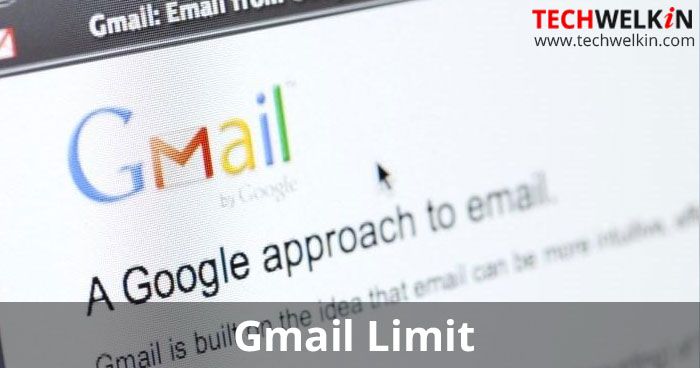
:max_bytes(150000):strip_icc()/001b-how-to-delete-your-gmail-account-1172073-37d88f3d0a9f46a5b26e7f30b5b6319b.jpg)

Instead, you should see a brief message letting you know that your preferences have been saved.

Unlike many other Gmail settings, you don’t have to click “Save Changes” at the bottom. Note: If you find one type of Nudge convenient, you can simply disable the other. Uncheck the boxes next to “Suggest Emails to Reply to” (emails received) and “Suggest Emails to Follow Up On” (emails sent) to turn both types of reminders off. You can then disable the settings for the feature. Select the General tab and scroll down to the Nudges section. Click the gear icon near the top-right corner and click “See All Settings” in the Quick Settings sidebar. So, head to Gmail and sign in if necessary. You can turn off Nudges in your Gmail settings on the web. You can do so either on the web or on the mobile app. But if you do your best to keep your inbox clean or choose to follow up on emails without help, you may want to turn off Nudges. The feature is pretty nifty and can be helpful if you forget to set a reminder yourself. And that note might remind you to send a follow up. So, you might see messages you’ve sent pop to the top of your inbox. Nudges also work with emails you send but don’t receive responses. RELATED: How to Change the Subject Line of a Reply in Gmail You might see a little tag with it reminding you that you may want to reply to the email. With Nudges enabled, older emails you’ve received return to the top of your inbox. But if you haven’t explored what the feature does, here’s a brief summary. In fact, they came with a group of features introduced in 2018. But what about reminders you don’t ask for? Nudges in Gmail, reminders to follow up on emails, fall into this category. You may use a reminder app or prefer physical sticky notes. Reminders can be useful tools for keeping you on track.


 0 kommentar(er)
0 kommentar(er)
